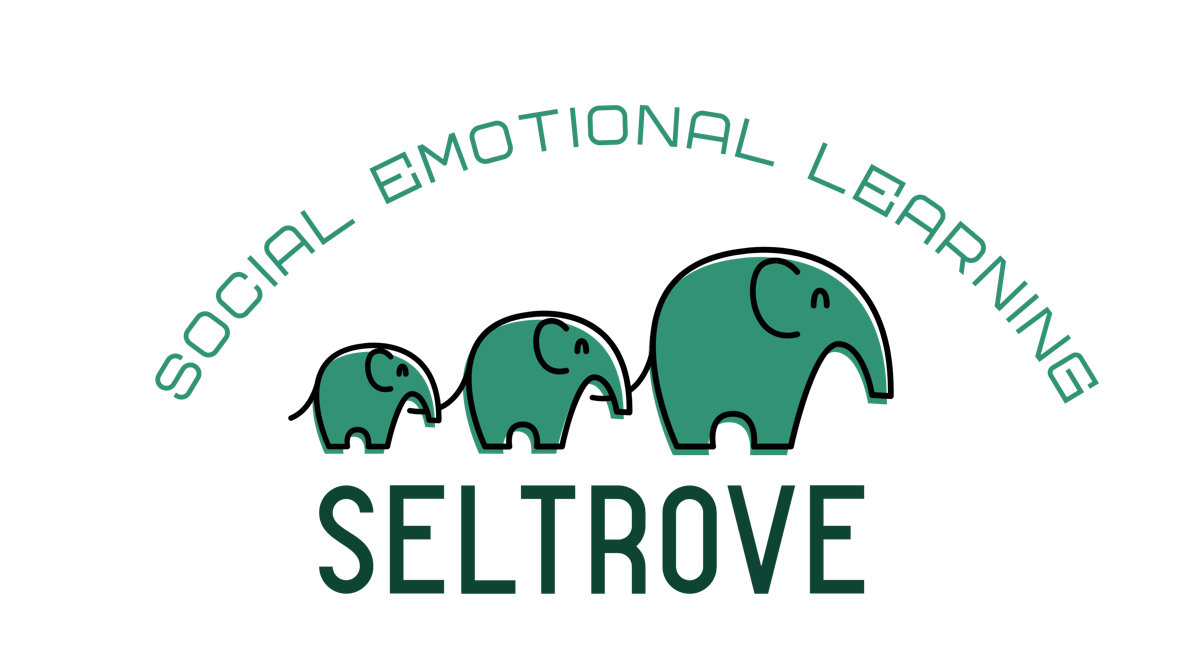CASEL (Collaborative for Academic, Social, and Emotional Learning) has defined five interrelated areas of competencies that can be taught at all grade levels, as well as used by adults. The competencies address academic success, as well as health and wellness.
CASEL's SEL framework fosters knowledge, skills, and attitudes across five areas of competence and multiple key settings to establish equitable learning environments that advance students' learning and development. (casel.org)
The five core competencies are:
- Self-Awareness: The abilities to understand one’s own emotions, thoughts, and values and how they influence behavior across contexts.
- Self-Management: The abilities to manage one’s emotions, thoughts, and behaviors effectively in different situations and to achieve goals and aspirations.
- Responsible Decision-Making: The abilities to make caring and constructive choices about personal behavior and social interactions across diverse situations.
- Relationship Skills: The abilities to establish and maintain healthy and supporting relationships and to effectively navigate settings with diverse individuals and groups.
- Social Awareness: The abilities to understand the perspectives of and empathize with others, including those from diverse backgrounds, cultures, and contexts.
